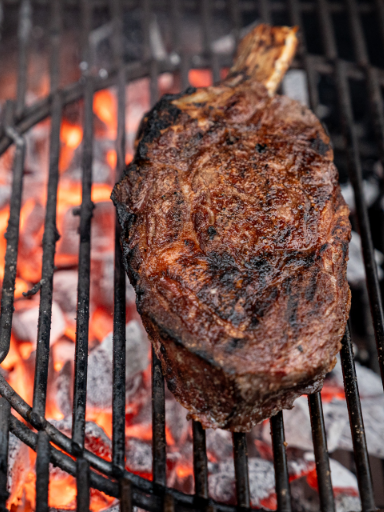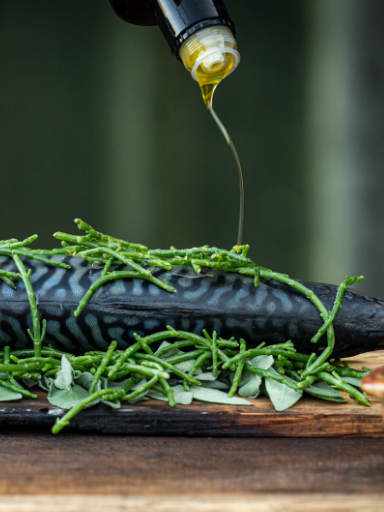Sure, but not when it comes to charcoal. Our fire-cooking chat rooms overflow with debates on how big the sizes of lumpwood need to be. Most people are obsessed with huge charcoal - but we truly believe it’s all about ‘the motion of the ocean’ if you catch our drift. If you don’t, we just mean it’s all about quality and airflow - not size. The ideal bag of charcoal consists of mixed sized lumps - from the size of a lumberjack’s fist to smaller pieces, but not tiny particles or dust. All of our charcoal is graded by the manufacturers, so the very small pieces fall through a grid and are used as biochar for a variety of other uses.
Because charcoal is fragile, a lot of transit jiggling and movement tends to break down the bag contents and create air stifling smaller pieces - blocking air vents, reducing oxygen and messing up the air flow. The less a bag of charcoal has travelled, the better chance there is for the lump sizes to be of a decent and consistent size. But the main difference between big and small lumps is not about hitting and maintaining temperature, or burn length, but in reality, the difference is about how quickly the coals are ready to cook on. Using a starter chimney levels the playing field as big and small will be ready at the same time. But if you are lighting using a fire starter for a pile of coals on a flatbed, then smaller coals will take a little longer (a couple of minutes or half a beer) to catch because, you guessed it, there is less air flow.

Skills & Learnings





























